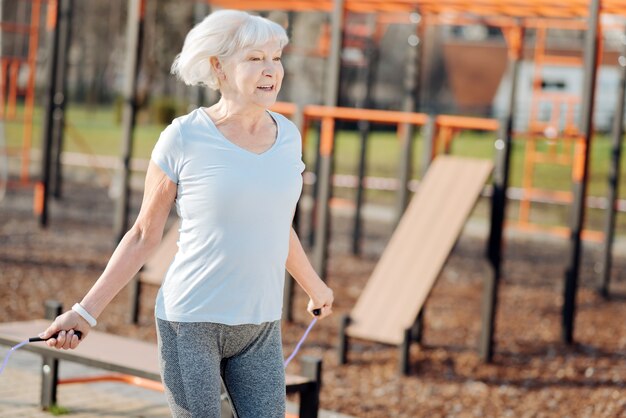Understanding Osteoporosis: More Than Just a Condition
Osteoporosis is often referred to as the "silent disease" for a good reason. Many people wonder, "Is osteoporosis truly a disease?" The short answer is yes. Osteoporosis is a condition that significantly weakens bones, making them fragile and more prone to fractures. Despite its silent onset, the impact of osteoporosis on a person's quality of life can be profound, affecting everything from daily mobility to financial security.
What is Osteoporosis?
Osteoporosis is a bone disease characterized by decreased bone density and strength. Over time, bones become so brittle that a fall or even mild stresses like bending over or coughing can cause a fracture. The disease predominantly affects older adults, particularly postmenopausal women, due to hormonal changes that accelerate bone loss. However, it can also occur in men and younger individuals under certain medical conditions or lifestyle factors.
Why is Osteoporosis Called a Disease?
Classifying osteoporosis as a disease highlights its nature as more than a mere condition or symptom. It involves pathophysiological changes that lead to an increased risk of fractures, thereby constituting a significant public health concern. Recognizing it as a disease underlines the importance of medical intervention and supports for those affected. This classification helps in securing necessary funding for research, education, and support for patients and their families.
The Financial Impact of Osteoporosis
The financial implications of osteoporosis can be extensive. From medical bills associated with diagnostics and treatments, to costs incurred from fractures – such as surgery and rehabilitation – the disease can place a heavy burden on individuals and families. There is also the indirect cost from lost productivity or income if the affected individual cannot work temporarily or needs permanent disability support.
Resources for Financial Assistance
Fortunately, there are multiple government programs and financial aid options to help alleviate the economic strain. Here's an overview of some resources and options available:
🛡️ Government Aid Programs
- Medicare and Medicaid: These programs often cover osteoporosis screenings and treatments for eligible individuals, especially seniors and low-income families.
- Social Security Disability Benefits: For individuals unable to work due to severe osteoporosis, applying for disability benefits may offer some financial relief.
💳 Credit Solutions
- Healthcare Credit Cards: Some credit cards are specifically designed to cover medical expenses, offering lower interest rates or deferred interest payment plans.
- Interest-Free Financing Options: Look for healthcare financing options with zero or low interest that can be used to pay for treatments or procedures outright.
🎓 Educational Grants and Support
- Non-Profit Organizations: Groups like the National Osteoporosis Foundation often provide educational resources and may offer financial support for those in need.
- Community Health Programs: Local community health centers may offer discounted screenings or educational programs to help manage osteoporosis.
Taking Action
Addressing osteoporosis often requires a multi-faceted approach that includes lifestyle changes, medical treatments, and financial planning. For those affected, exploring these programs and support options is crucial for maintaining both health and financial well-being. Understanding osteoporosis not only as a disease but as a condition with potential financial ramifications empowers individuals to seek the assistance they need to lead healthy, active lives.
Consider reaching out to a healthcare provider to discuss osteoporosis screenings and potential treatments if you're at risk. Additionally, tapping into the resources available can help you manage the financial aspects, ensuring that osteoporosis, while a formidable disease, can be effectively managed with the right support.

Related Topics
- a Nurse Is Caring For a Client Who Has Osteoporosis.
- a Percutaneous Is Performed To Treat Osteoporosis Related Compression Fractures
- Can Alcohol Cause Osteoporosis
- Can I Do Pilates If I Have Osteoporosis
- Can I Reverse Osteoporosis
- Can Men Get Osteoporosis
- Can Osteoporosis Affect Teeth
- Can Osteoporosis Be Cured
- Can Osteoporosis Be Painful
- Can Osteoporosis Be Reversed